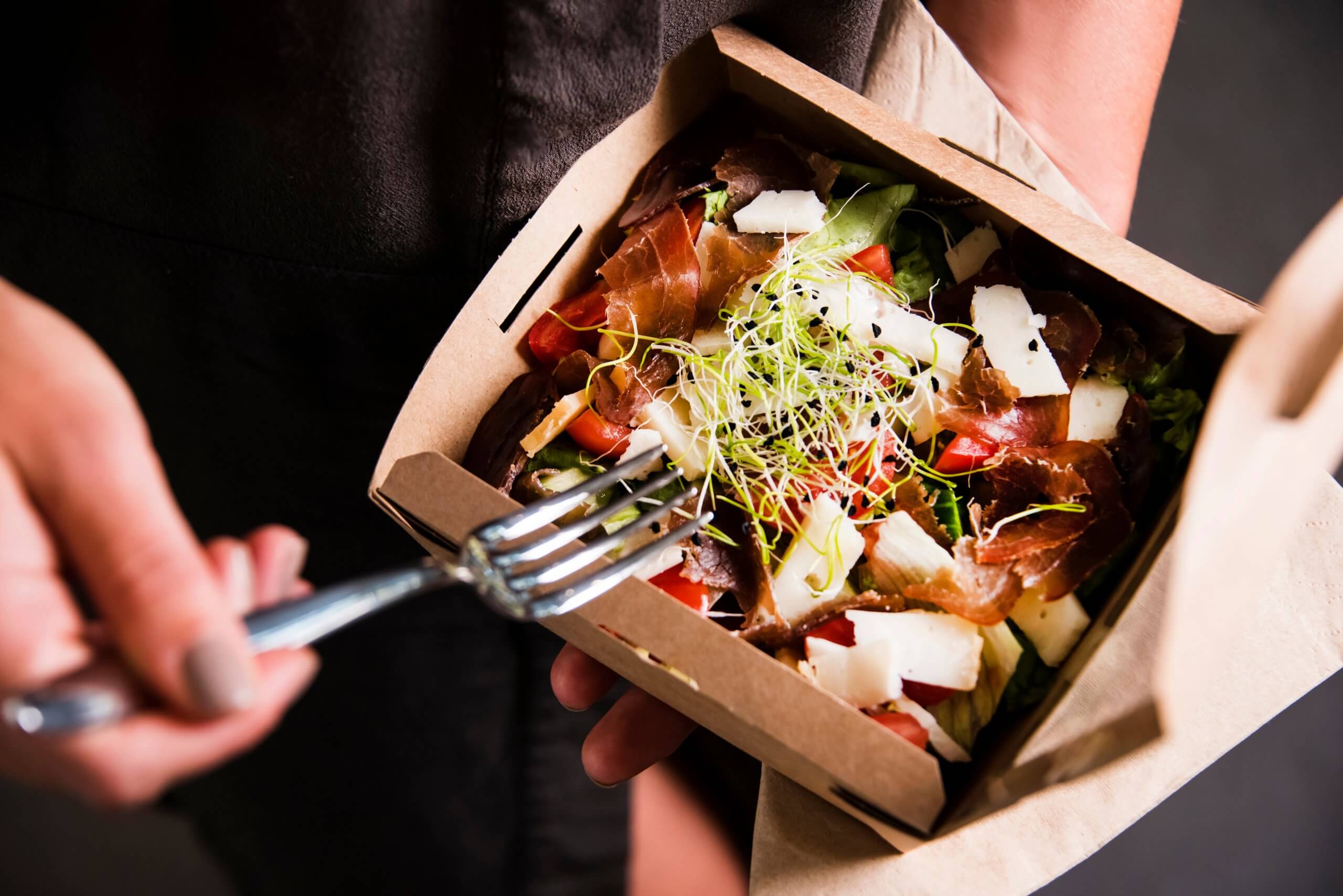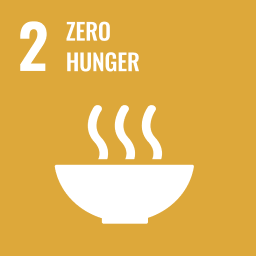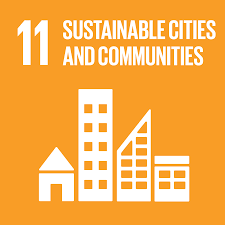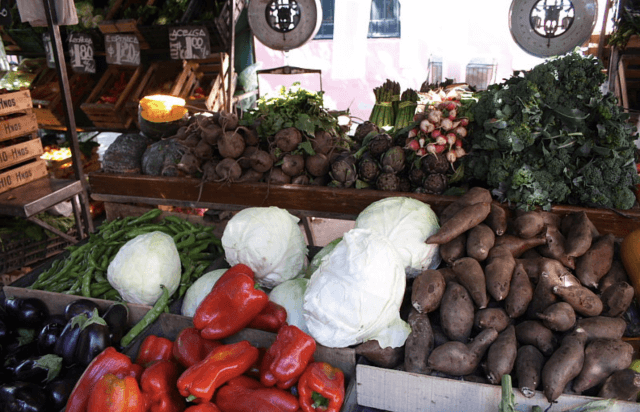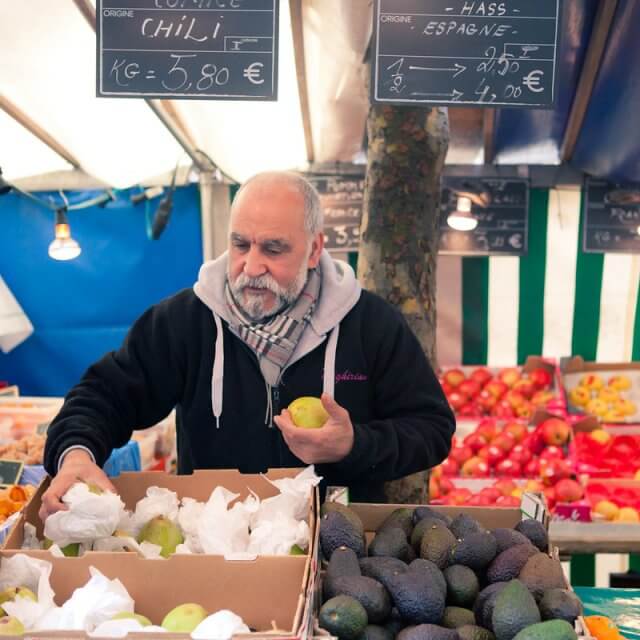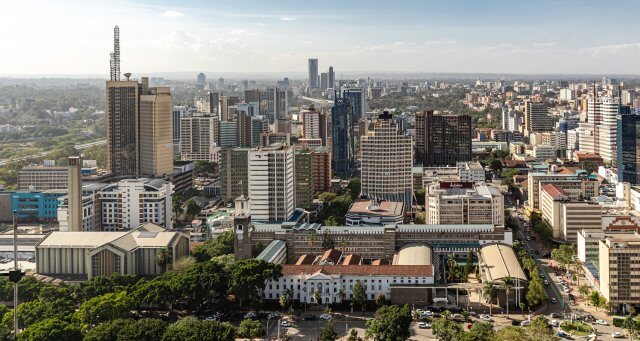The action and its aims
Birmingham piloted a takeaway service that delivered hot nutritious dinners to families at an affordable price, to provide a convenient alternative to usual unhealthy takeaways such as pizza, chips, and deep-fried foods. The aim was to test market demand for healthier alternatives among families and other users.
When it was introduced
The pilot ran for 10 weeks in 2018.
Why it was needed
The new service was deemed necessary because the boom in online services for takeaways and food delivery has made it more convenient than ever for people to order unhealthy food, and healthy options are few. Birmingham has one of the highest rates of child obesity in the UK. In 2017-8, 25% of children aged 10 experienced obesity and 15% had overweight status.
Who initiated it, who is involved
Birmingham City Council commissioned behaviour change charity Shift Design to develop the concept and test it on takeaway website Just-eat.co.uk. The action is part of work by the council’s Tackling Obesogenic Environment Team that seeks to influence a cultural shift in food preferences.
Impacts to date
By the seventh week of the pilot, the service had delivered 90 meals and average ratings were 5.7/6 stars. This led to the conclusion that there is market demand for the service, and the partners are working to identify the right model for a new social enterprise.
